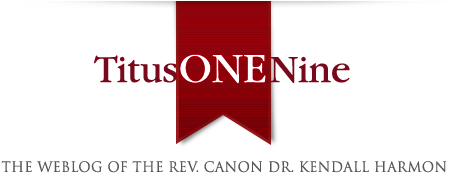“The new arrangements are being tested at a time when the Church is more polarised now than at any time in its recent history,” says Andrew Carey, a columnist in the Church of England Newspaper and son of the former Archbishop of Canterbury. “The controversy around the appointment of [the openly gay] Jeffrey John as a bishop in 2003, and his subsequent withdrawal, and then the decision to go ahead with women bishops, have only deepened the divisions during Rowan’s time as Archbishop. These issues now hang over the Church like a stalactite.”
Carey is broadly on the Low Church or Evangelical wing of the Church of England. At the other end of the spectrum, the novelist and churchgoer Kate Saunders shares his pessimism about any “unity” candidate emerging. “We sometimes pride ourselves as Anglicans on being a broad church, and that does have many benefits, but the downside is that we can never agree with each other, even on the most basic questions, such as whether we are essentially a Protestant church or a reformed Catholic church. And that debate goes all the way back to the Reformation.”
In more recent times, the chosen method for keeping the various factions of the Church content when selecting an Archbishop of Canterbury has been to alternate High Church and Low Church appointments. Or Catholic and Evangelical, if you prefer those terms (labels are another thing Anglicans disagree on)….
Read it all.
